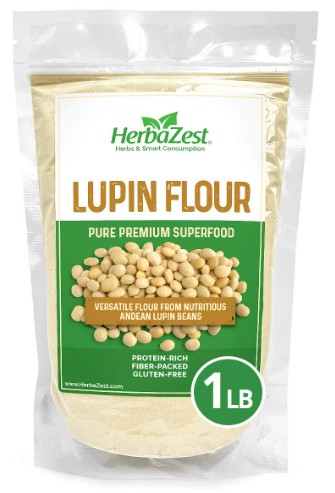

The Top Benefits Of The Ancestral SuperFoods
Tarwi, also known as lupin beans, is an ancient Peruvian superfood that is packed with nutrients. It is a good source of protein, fiber, iron, calcium, and magnesium. Tarwi has been shown to have a number of health benefits, including:
- Weight loss: Tarwi is a high-protein, low-calorie food that can help you feel full and satisfied. This can make it easier to lose weight or maintain a healthy weight.
- Heart health: Tarwi is a good source of fiber and omega-3 fatty acids, which are both important for heart health. Fiber can help lower cholesterol levels, and omega-3 fatty acids can help reduce inflammation and improve blood flow.
- Gut health: Tarwi is a good source of fiber, which is essential for gut health. Fiber helps to keep the digestive system healthy and can help reduce the risk of constipation, diarrhea, and other digestive problems.
- Bone health: Tarwi is a good source of calcium, which is essential for bone health. Calcium helps to build strong bones and teeth and can help prevent osteoporosis.
Tarwi is a versatile food that can be enjoyed in a variety of ways. It can be eaten raw, cooked, or roasted. Tarwi can be added to smoothies, yogurt, salads, or soups. It can also be used to make flour, which can be used to make bread, pasta, or tortillas.
If you are looking for a healthy and nutritious food that can help you improve your overall health, tarwi is a great option. It is a delicious and versatile food that can be enjoyed by people of all ages.
History Of /Andean Lupin
Tarwi, also known as lupin beans, is an ancient Peruvian superfood that has been cultivated for over 7,000 years. It is a staple food in many Andean communities, and has been used for centuries for its nutritional value, medicinal properties, and sustainable cultivation practices.
The earliest evidence of tarwi cultivation comes from archaeological sites in Peru, where seeds have been found dating back to 5,000 BC. Tarwi was a sacred food for the Incas, and was used in religious ceremonies and offerings. It was also a valuable source of food for the Inca army, as it is a high-protein, low-calorie food that can provide sustained energy.
Tarwi was introduced to Europe by Spanish conquistadors in the 16th century, but it never gained widespread popularity. This is likely due to the fact that tarwi contains a compound called quinolizidine alkaloids (QAs), which can be toxic in high doses. However, scientists have since developed methods to reduce the QA content of tarwi, making it safe to eat.
In recent years, there has been renewed interest in tarwi as a superfood. Tarwi is a good source of protein, fiber, iron, calcium, and magnesium. It is also a good source of omega-3 fatty acids, which are important for heart health. Tarwi has been shown to have a number of health benefits, including weight loss, improved heart health, gut health, and bone health.
Tarwi is a versatile food that can be enjoyed in a variety of ways. It can be eaten raw, cooked, or roasted. Tarwi can be added to smoothies, yogurt, salads, or soups. It can also be used to make flour, which can be used to make bread, pasta, or tortillas.
Tarwi is a sustainable crop that can be grown in a variety of climates. It is a nitrogen-fixing crop, which means that it helps to improve soil fertility. Tarwi is also a drought-tolerant crop, which makes it a good option for farmers in dry areas.
Tarwi is a delicious and nutritious food with a rich history. It is a good source of protein, fiber, and other essential nutrients. Tarwi is also a sustainable crop that can be grown in a variety of climates. If you are looking for a healthy and nutritious food that is also good for the environment, tarwi is a great option.
